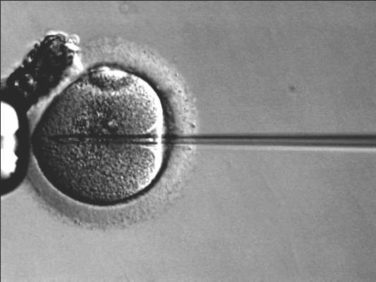BOSTON (FRONTLINE MEDICAL NEWS)– A new formulation of faster-acting insulin aspart (faster aspart) provided more rapid and extensive glucose-lowering activity than did standard insulin aspart, based on results of a randomized, double-blind, crossover study presented at the annual meeting of the Endocrine Society.
Subcutaneous injections of faster aspart of 0.1 (low dose), 0.2 (moderate dose), and 0.4 (high dose) U/kg were associated with an onset of activity that was twice as fast as that of standard insulin aspart and with insulin exposure that was two-fold higher in the first 30 minutes, said Dr. Tim Heise, CEO of finance and administration for Profil Institute for Metabolic Research, Neuss, Germany.
“Faster aspart was well tolerated, and no safety issues were identified. No injection site infections were observed, and no serious adverse events were reported,” said Dr. Heise.
Faster aspart consists of insulin aspart along with niacinamide as an absorption modifier and L-arginine as a stabilizer. The aim of a faster-acting mealtime insulin is to mimic more closely the physiologic mealtime insulin response of the healthy pancreas.
What has not been clear is whether the benefits of faster aspart are concentration-dependent and whether the effective concentrations are clinically relevant.
The pharmacokinetic and pharmacodynamic properties of faster aspart were tested at three clinically relevant doses in 46 adults, aged 18 to 64 years, with type 1 diabetes. Study participants had been treated for a year or more with multiple daily injections of insulin or continuous subcutaneous insulin injection; their total insulin dose was less than 1.2 U/kg/day with less than 0.7 U/kg/day as a bolus dose. Body mass index ranged from about 19 to 28 kg/m2. Of the subjects, 76% were men, all were white, and they had diabetes for about 21 years.
At all three doses, onset of activity was about twice as rapid with faster aspart as with standard insulin aspart; 50% of the maximum exposure to the dose was achieved in 8 to 12 minutes with faster aspart. This rapid appearance of activity was especially evident within 30 minutes of injection, with the kinetics becoming more similar to those of standard insulin aspart from 30 to 60 minutes.
Blood glucose was lowered by 0.3 mmol/L from baseline at a rate up to 26% faster with faster aspart. Similar to the exposure data, glucose reduction was especially evident in the first 30 minutes following injection of faster aspart, with the decline in glucose levels being about twice as great compared to insulin aspart.
Further information from a phase 3 study evaluating faster aspart will be reported at the American Diabetes Association meeting to be held this summer, according to Dr. Heise.






